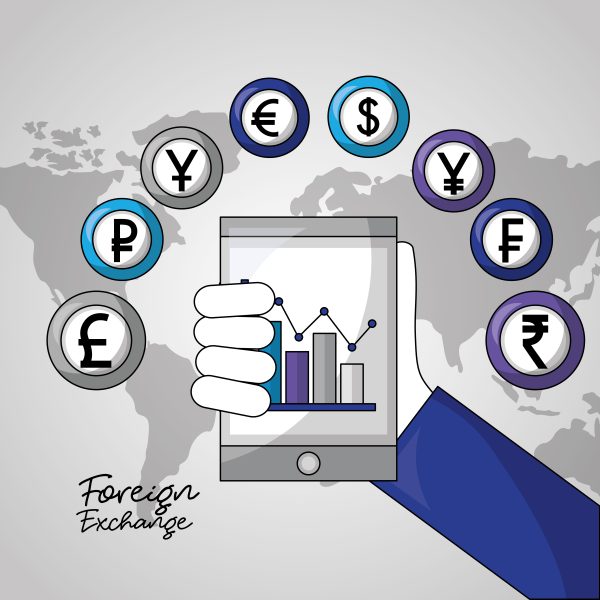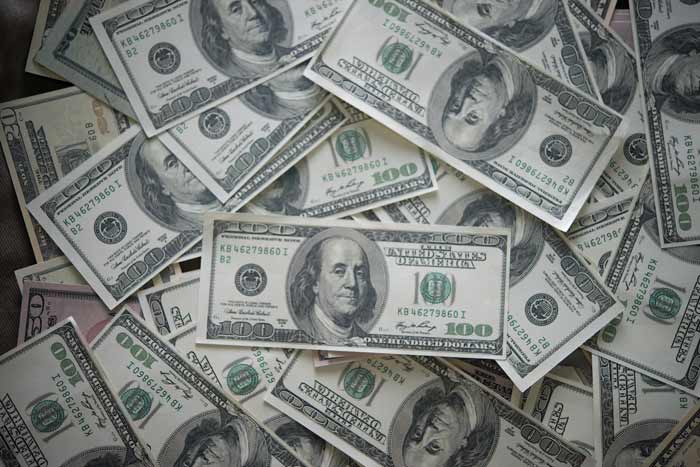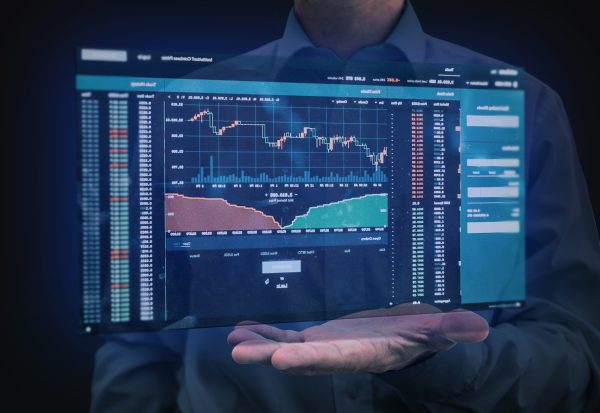In the dynamic world of foreign exchange (FX) trading, the term “pip” holds significant importance. In this article, we will delve deep into the concept of pips, their value, and their crucial role in Forex trading.
A pip, short for “percentage in point” or “price interest point,” is the smallest unit of price change in the FX market. It represents the difference between the bid and ask prices of a currency pair. Pips act as a fundamental measurement tool for traders to gauge profits and losses accurately.

Understanding Pip Value
The value of a pip varies across different currency pairs. For instance, the pip value for EUR/USD is 0.0001, while for USD/JPY, it is 0.01. This means that a 1 pip movement in EUR/USD is equivalent to a 0.0001 USD change in the exchange rate, while the same movement in USD/JPY is equal to a 0.01 USD change in the exchange rate.
Importance of Pips in Forex Trading
Pips play a crucial role in the world of Forex trading. They are extensively used for calculating profits and losses, enabling traders to make informed decisions regarding their trading strategies. Let’s explore the significance of pips in more detail.
Accurate Profit and Loss Calculation
By understanding the value of a pip, traders can precisely calculate their potential profits or losses. For example, if a trader buys 10,000 EUR at a rate of 1.1000 and later sells it at 1.1001, they earn a profit of 1 pip, which amounts to 1 USD.
Impact of Leverage
Leverage, a financial tool that allows traders to control larger positions with a smaller amount of capital, can amplify the value of a pip. Suppose a trader employs 100:1 leverage. In that case, a 1 pip movement in EUR/USD will be worth 100 USD. It is crucial to note that leveraging also increases the risk associated with trading.
Determining Trading Strategies
Comprehending the value of pips empowers traders to make well-informed decisions when devising their trading strategies. By factoring in the potential pip movements, traders can manage risk effectively and optimize their chances of success.
Additional Insights on Pips
To further enhance your understanding of pips, consider the following key points:
1. Pips are Always Quoted to the Fourth Decimal Place
In Forex trading, pips are quoted with utmost precision, always referring to the fourth decimal place. For instance, the price of EUR/USD might be 1.1000, indicating that the pip value for this currency pair is 0.0001.
2. Pips Measure the Difference Between Bid and Ask Prices
The bid price denotes the rate at which a currency is offered for sale, while the ask price signifies the rate at which a currency is offered for purchase. Pips serve as the unit of measurement for the discrepancy between these bid and ask prices.
3. Pip Value Varies Across Currency Pairs
The value of a pip differs for each currency pair due to the varying price increments associated with different currencies. Traders must be mindful of these differences when calculating potential profits or losses.
Examples of Pips in Forex Trading
Let’s explore some practical examples to illustrate the application of pips in Forex trading:
Profit Calculation: A trader purchases 10,000 EUR at 1.1000 and later sells it at 1.1001. In this scenario, they make a profit of 1 pip, equivalent to 1 USD.
Leverage Utilization: Another trader employs 100:1 leverage while trading EUR/USD. If there is a 1 pip movement in the exchange rate, it would translate to a 100 USD change in the trader’s position.
Stop Loss Implementation: Suppose a trader sets a stop loss at 1.1000. If the market price moves to 1.0999, the trader incurs a loss of 1 pip, equal to 1 USD.
Overall, understanding the concept of pips is essential for Forex traders. These smallest units of price change significantly impact profit and loss calculations, enabling traders to make informed decisions. By comprehending the value of pips, analyzing currency pairs, and incorporating risk management strategies, traders can enhance their chances of success in the dynamic FX market.






